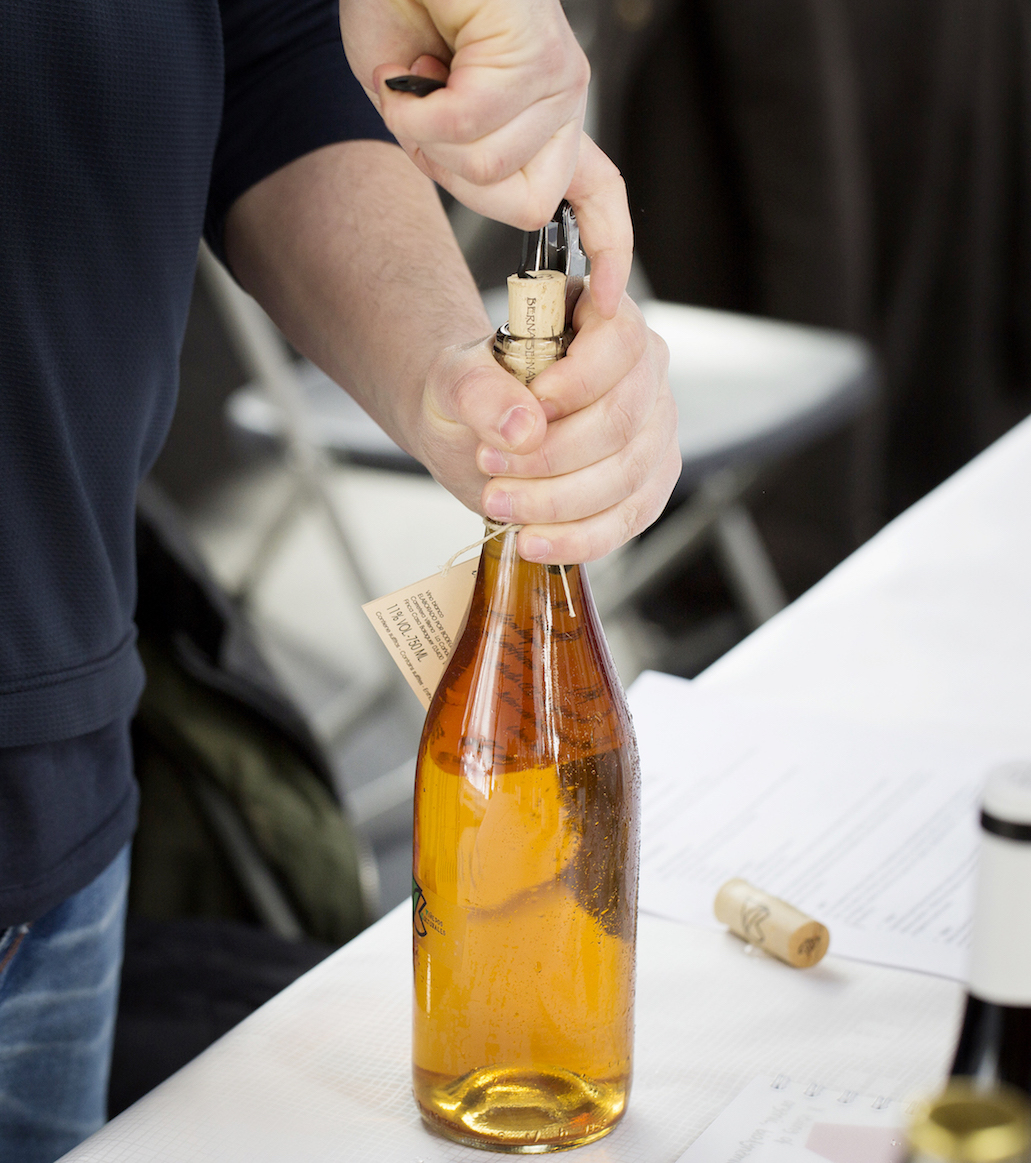
I sometimes seek a quality in wine that can only be described as tactility. It is that quality wherein the liquid touches taste-buds in such a way both physically and aromatically that it engenders a sense of total phenolic engagement. Which is why I love to drink skin contact/amber wines. They encourage you to roll them around the entirety of your mouth, to explore them as textural things, and to find a three-dimensional language to describe the sensations.
Tasting notes are normally a succession of adjectives piled up. As original as some word-juxtapositions may be, the resultant tasting notes are stylised, pretty-sounding sequences to fill a vacuum. A textural wine resists a glib description, it does not normally surrender its all at first sniff or gulp, and so requires patience and understanding.
They encourage you to roll them around the entirety of your mouth, to explore them as textural things, and to find a three-dimensional language to describe the sensations.
Certain visceral wine experiences result in a form of ASMR, that term coined by Jennifer Allen and standing for
- Autonomous – spontaneous, self-governing, with or without control
- Sensory – pertaining to the senses or sensation
- Meridian – signifying a peak, climax, or point of highest development
- Response – referring to an experience triggered by something external or internal
The catalysts for ASMR tend to be auditory or tactile and are often repetitive or ambient.
Much as there is pleasure in listening to the sound of the wine glug-glugging from a bottle or the susurrus of champagne hissing and fizzing in a flute, the wines that appear to possess the greatest capacity to tap into our memories via retro-nasal absorption and trigger a kind of synaesthesia, that sublime visualisation of colours or sounds or music or the simpler experience that morphs into either the visual-tactile or an auditory-tactile, have a rich textural base.

As if using all their senses to taste, rather than just their tongues, certain individuals seem to be more physiologically tuned into the tactile bandwidth of the wines. Those people may even experience a frisson, that overwhelming emotional response to stimuli, expressed in a tingling sensation.
Although, I suppose, any smell or taste sensations may take you on a synaesthetic journey or evoke a frisson, there are wines that, by virtue of their very colour or textural weave, are more likely to evoke ASMR. The wines themselves may be complex and complete, but to appreciate them you must be receptive. In ASMR, sensations tend to be triggered by sounds; with wine appreciation, if we are in the mood, we can allow all our senses to play off each other simultaneously to bring us to the peak of pleasurable satisfaction.
Orange, for example, combines the energy of red and the happiness of yellow.
Amber/orange wines have textural subtlety and complexity. The best of these wines, when we feel them in our mouth, give us the impression that we are touching them with many other parts of our body at the same time. With these wines, however, you must start with their evocative colour, which resonates on so many levels. Orange, for example, combines the energy of red and the happiness of yellow. It is associated with joy, sunshine and heat. It also represents enthusiasm, fascination, happiness, creativity, determination, attraction, success, encouragement, and stimulation.
Wine-tasting notes are based on clear distinctions and precise evaluative terminology – of oppositions between white versus red, the clean skin versus maceration, and the relative body of the wine in question. You can call a wine unfiltered or cloudy, but that doesn’t come close to describing the quality of its colour. When we have a wine which has a colour that seems to shift according to the light, that possesses a special energy of its own, aromatics that are more than primary, and a texture that is multi-layered, then this is a wine that by its very nature, has the wherewithal to bathe our senses in ambient pleasure and evoke ASMR.
If amber wines were music, they would be as live performances, fuzzy, rough-edged and unpredictable.
If amber wines were music, they would be as live performances, fuzzy, rough-edged and unpredictable. Their tactility means that you can touch them at the same time as they touch you. And like the best live music, they may give one a peculiar frisson.

